Sigma 85mm f1.4 vs. Leica APO-Summicron-SL 90 ASPH:
As some of you know, I reviewed the new Sigma 85mm f1.4 a while back. It’s currently one of my favorite lenses, and if you want to read the full review, it’s here. I’ve also owned the Leica APO-Summicron-SL 90mm ASPH since it was released in the US (full review here), and I have to admit, it was difficult not to compare these two lenses. They both are great portrait lenses, and they do have their similarities. So, I thought I’d write up a quick comparison between the two but before I start, keep in mind that this will be my style of a comparison meaning don’t expect any ultra technical comparing or jargon. I’m not doing any 100% crops or anything like that. As you can see in my reviews, I use all the gear I test, and this comparison will be based more on real world rather than things like test charts :). So, let’s get started.
Sigma 85mm f1.4 vs. Leica APO-Summicron-SL 90 ASPH Build:
Let’s start off by taking a look at the build of both these lenses. I won’t go into crazy detail here because I’ve already done that in my Sigma 85mm f1.4 review, and my Leica APO SL 90mm review. You are more than welcomed to read those. Both lenses are built really well, and can handle professional use.
↑ The Sigma 85mm f1.4 DG DN Art lens vs. the Leica APO-Summicron-SL 90mm f2 ASPH.
The 85mm f1.4 is made of a combination of aluminum and TSC (Thermally Stable Composite), and overall, it is everything you would expect from a pro lens. It’s also dust and splash proof, and incorporates an oil repellent coating. This lens is a very solid build, and you’ll feel this as soon as you take it out of the box.
There are also some great features on the lens. Of course, there is a focus ring, which is very smooth in operation. Unlike the SL lenses, I’m happy to report that there is an aperture ring on the 85mm f1.4 DG DN Art lens, which I particularly like. I really miss this little ring from my M days, and it is completely functional on the SL2 as well. The 85mm’s aperture ring clicks smoothly in third stops but there’s also a de-click feature for the times when you prefer or need to go through the aperture settings in a smooth and noise free way. Video would be an example of a time when you might need a de-clicked aperture ring. Other features include an Iris Ring Lock switch, AF/MF Focus Mode switch, and an AFL button.
↑ The Leica SL2 and SIgma 85mm f1.4 make such a great combo.
Let’s take a look at the APO-Summicron-SL 90mm f2 ASPH now. The lens is essentially an all metal design that, quite frankly, lives up to its Leica heritage, and name because it feels like a tank. It feels just like a solid block of metal or in other words, it feels indestructible, which you should expect considering its current price of $5,695. It is completely weather and dust sealed. It also has water-repellent AquaDura coatings applied to the front, and rear optical surfaces to protect against moisture and other elements.
Unlike the Sigma, the APO-Summicron-SL 90mm f2 ASPH is a cleaner design. All you get on the lens is a focus ring, which is also smooth in operation. This is definitely not a dig at Sigma; it’s just a different design. I like the clean look very much, and it’s kind of Leica’s way. They like the clean and uncluttered designs, which I’ve always been a fan of as well. The only thing I miss is an aperture ring. I very much like that the Sigma has one on their 85mm f1.4.
↑ Here’s a shot of the SL2 with the APO-Summicron-SL 90mm ASPH.
Sigma 85mm f1.4 vs. Leica APO-Summicron-SL 90 ASPH Ergonomics:
In terms of ergonomics and overall feel, both these lenses are great. They’re both compact considering their focal lengths and maximum aperture openings. The 85mm f1.4 DG DN Art lens weighs just 630 g, while the Leica weighs in at just 700 g, so they are also easy to live with on a daily basis.
Both these lenses balance very nicely on the SL2 but if I had to choose one that I felt was better balanced on my camera, I would have to lean towards the Sigma. The 85mm is an f1.4 lens, so the front element is big; in the photos, this may seem like a disadvantage when compared to the Leica but in actual use, the 85mm f1.4 DG DN Art lens feels great on the SL2. It almost feels like as if it was designed specifically for the camera. Measuring just 3.7 inches in length, the 85mm f1.4 isn’t that long, and I’m also happy to say that you don’t get that front heavy feel one might expect. This is thanks to the fact that the 85mm f1.4 isn’t that heavy considering it’s optics and pro build, and also to the overall design of the Leica SL2. I have to give credit to the SL designs in general: the overall size, and weight of these cameras make them great to use with a variety of lenses ranging from compact to ultra long.
↑ The Sigma 85mm f1.4 is light enough and compact enough that it actually balanced quite well with the Leica CL.
Sigma 85mm f1.4 vs. Leica APO-Summicron-SL 90 ASPH Autofocus:
As for autofocus, both these lenses perform quite well on the SL2 (it’s important to note that I did not test the Sony E mount version). Both lenses are quick to focus, accurate, and for the most part, don’t cause any drama. Both are near silent in operation although the 85mm f1.4 DG DN Art lens is slightly more quiet. The Leica employs stepping motors with Dual Syncro Drive or DSD. The Sigma uses a stepping motor as well. In real world use, I feel like it wouldn’t even matter much as to which one is better because they both feel very similar. However, if I had to choose, I think the Leica has the edge here.
As I said before, both lenses perform great on the SL2 but there are a few reasons why I feel the APO-Summicron-SL 90mm f2 ASPH is a bit better. For one, I do feel like it is slightly quicker, and also more sure of itself. But again, I want to emphasize that these are slight differences to me, and I think under normal usage, these differences won’t even matter much if at all. Furthermore, the APO 90 SL’s minimum focusing distance is just 0.6 m versus the 85mm f1.4’s which is 85 cm. Lastly, the APO-Summicron-SL 90mm ASPH will work properly in all the SL2’s focusing modes. The 85mm f1.4 just didn’t seem to like iAF mode. It just wouldn’t focus correctly in this mode. However, this seems like it would just be a firmware fix, and even if it’s not, I would not consider this a deal breaker. If you’ve read my review, this is one of the best lenses to come out of 2020.
Sigma 85mm f1.4 vs. Leica APO-Summicron-SL 90 ASPH Optics:
First things first in regards to this section about optics. At the time I reviewed the 85mm f1.4, covid cases were very high in New York City, so I was limited with what I could really shoot. I had a shoot specifically to compare the 85mm and 90mm with greater detail but the model and I decided to cancel. Also, the images I’ve included from the APO-Summicron-SL 90 are from my review, and various older posts, which means they are several years old at this point. So, keep in mind that these images are here just to give you an overall look and feel for each lens. My processing of images has changed over time, I’ve used different photo processing apps, and opportunities in terms of getting shots were varied.
↑ This was taken with the SL2 and 85mm f1.4 with the lens set at f4.
↑ This was shot with the Sigma 85mm f1.4 at wide open aperture.
↑ This was taken with the Sigma 85mm f1.4 at f8.
Getting back to topic, both of these lenses are superb in terms of optics. I don’t think you can go wrong with either one. I’ve always been a huge fan of Sigma products, and have come to expect only excellent stuff from them but I have to say, this new 85mm f1.4 DG DN Art lens is something special. It simply blew me away with its image quality. As for the APO-Summicron-SL 90mm f2 ASPH, Leica promised a new benchmark in its class, and it definitely delivered. Optically, it’s pretty much perfect, and I never say that or at least not that much haha. It’s the best 90mm I’ve ever used by a far margin. I’ve had it since it was released in the US, and to this day, I am still in awe with the images that it produces. This is such an amazing lens, and yes, the price is extremely high but it is worth it. So, if I had to choose between these two, I would go towards the Leica on a technical basis. Like I said earlier, there’s not much wrong with this lens.
↑ This was taken with the APO 90 SL set at f2.
↑ Here’s a shot taken with the APO-Summicron-SL 90mm f2 ASPH set at f11.
↑ This was taken with the APO-Summicron-SL 90mm f2 ASPH with wide open aperture.
With that said though, the Sigma is probably the best 85mm f1.4 I’ve used. The optics are incredible. I don’t think this is just good for the money; I think this is a fantastic lens regardless of cost. This to me is probably the deal of the century for a portrait lens. Plus, the Sigma has one feature the Summicron does not: f1.4.
↑ Here’s the Sigma 85mm f1.4 at wide open aperture.
↑ Here’s another taken at wide open aperture with the 85mm f1.4.
↑ This was also taken with the Sigma 85mm f1.4 DG DN Art lens at wide open aperture.
↑ Here’s one last one taken at f1.4 with the 85mm.
↑ Here’s a shot taken at f2 with the APO-Summicron-SL 90mm f2 ASPH.
↑ Here’s another shot taken with the APO 90mm SL at wide open aperture.
↑ This was also taken at f2 with the 90mm Summicron.
↑ Here’s one more taken at f2 with the APO-Summicron-SL 90mm f2 ASPH.
According to Leica, the APO-Summicron-SL 90mm f2 ASPH is suppose to have technical wizardry on its side that gives you the perceived look of a larger aperture lens. As we know, high contrast can make an image appear sharper to an individual, and low contrast can do the opposite. The 90mm APO-Summicron-SL ASPH has been designed to produce a very high contrast between the foreground and background. Because of this, the foreground subject is perceived as being extra sharp, and therefore, “pops” out more from the background distinctly and more effectively. The subject is effectively more isolated making the overall image look more three dimensional. This is a superb design. However, in the end, it’s still no substitute for a true f1.4 lens. It’s why I chose my Summilux-SL 50mm ASPH over the Summicron version. f1.4 really can give you a certain look that is special in my opinion. Don’t get me wrong; the Leica’s bokeh is stunning. It really is, and in my opinion, some of the best out there. But with that said, if you want that extra bit of background to disappear, and really get that isolation going, the f1.4 from 85mm f1.4 DG DN Art lens does the job, and does it well. You can see the difference in the quick examples I posted below. Again, I had a model shoot specifically planned for this but covid cases were very high at the time. I ended up shooting this on my patio :).
↑ Here’s a straight out of camera jpeg taken with the 90mm APO at wide open aperture.
↑ Here’s one taken at wide open aperture with the Sigma 85mm f1.4. Notice how even the horizontal power line in the Summicron picture has disappeared in the bokeh.
↑ Heres’s another straight out of camera jpeg taken with the APO-Summicron-SL 90mm f2 ASPH at f2.
↑ Here’s one taken with the Sigma 85mm f1.4 DG DN Art lens at wide open aperture.
Sigma 85mm f1.4 vs. Leica APO-Summicron-SL 90 ASPH Verdict:
I have never received so many DMs and emails asking me to compare two lenses, so I hope this little comparison helps those who are figuring out which lens they might want to purchase. It’s important to remember that you really can’t go wrong with either one of these lenses, and I’m not just saying this because I’m trying to be impartial. It’s the truth. Both these lenses will produces superb images, and both offer pro build.
As I mentioned previously, the APO-Summicron-SL 90mm f2 ASPH is just about perfect. Leica is taking a no-compromise approach when designing all these SL lenses to create next level benchmarks, and trust me when I say this, it definitely shows. This lens is a masterpiece, and I couldn’t ask for more from a 90mm. It is so incredibly good at everything it does from producing razor sharp images even at f2 to producing some of the most beautiful bokeh out there that it kind of spoils you for every other lens. However, at $5695, it is ultra expensive.
With the 85mm f1.4 DG DN Art lens, you’re getting a reference level 85mm f1.4 that is my own personal favorite lens to come out of 2020. The optics are superb, and it’s still difficult for me to comprehend that all of this costs just $1,199. Yes, that is still pricey but it is totally worth it. This lens is superb not just for the money; it’s just a top tier lens regardless of cost. In normal usage, both these lenses are so good that I don’t think it will even matter much, which one you end up choosing. Plus, unlike the APO-Summicron-SL 90mm ASPH, the 85mm has the f1.4 aperture. I didn’t include all my f1.4 shots here but if you check out my review, you’ll se that f1.4 can definitely make a difference. Besides giving you more flexibility in dimly lit situations, it’s going to give you its own unique look versus the 90mm.
As to which one I would buy now, if I didn’t have either (I’ve been asked this a few times), I’m not really sure how to answer it. I thought about it for a while. Luckily, I don’t have to answer it, since I already have one of them :). The truth is, even though I own the 90mm, I almost bought the 85mm after I reviewed it, simply because I loved using it, and I love it’s own unique character. The 85mm really impressed me. So, in the end, I hate repeating myself haha but you really can’t go wrong with either one.
Thanks for taking the time to read my comparison! If you’re considering purchasing the Sigma 85mm f1.4 or the Leica APO-Summicron-SL 90mm ASPH, and my article helped you decide, please help support this site by purchasing from the links below or any mentioned in this comparion. It will not cost you anything extra. Thank you for your support!


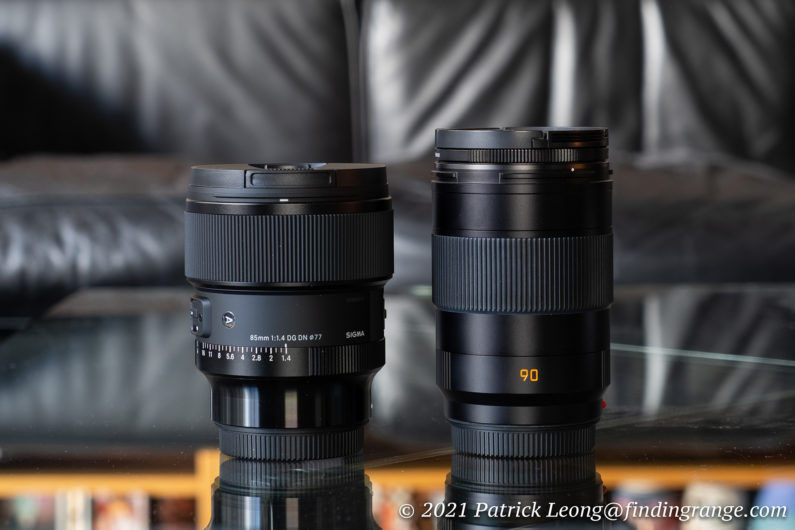
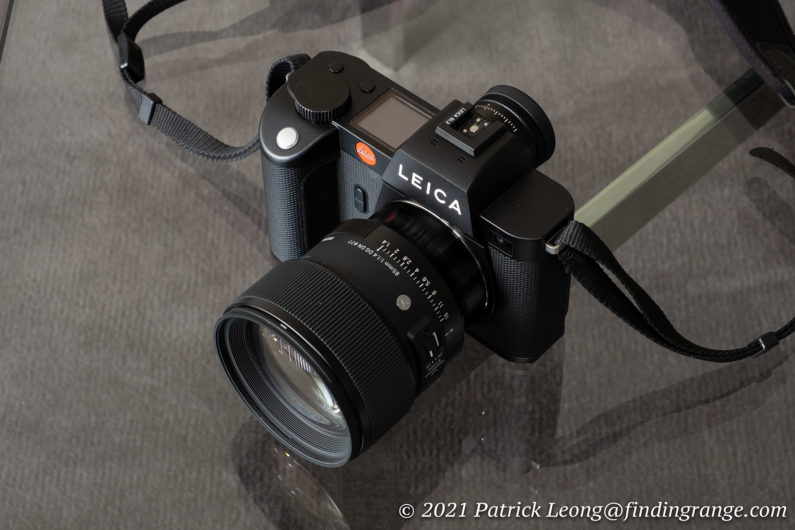
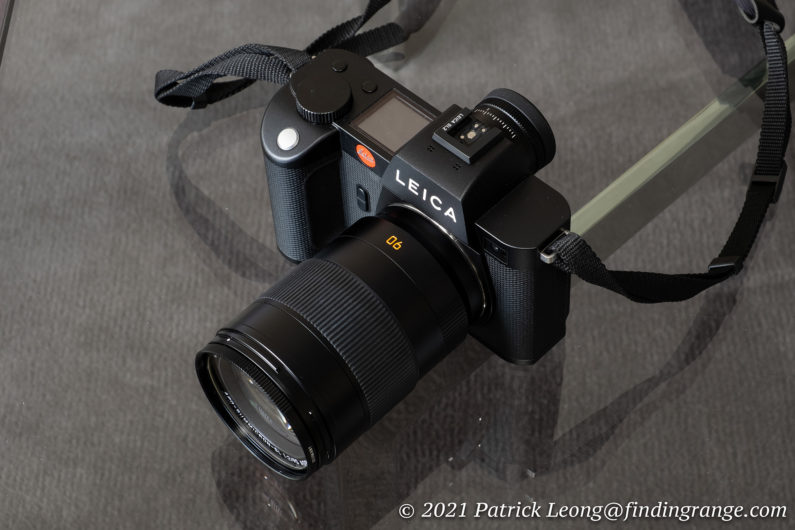
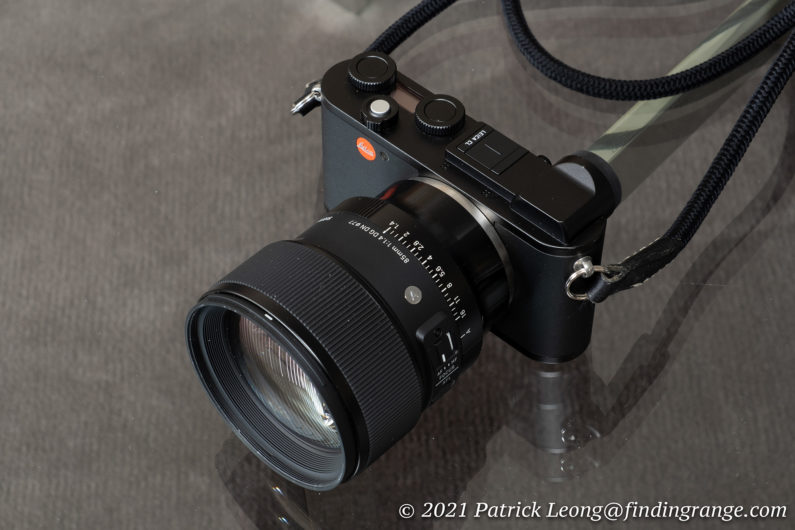
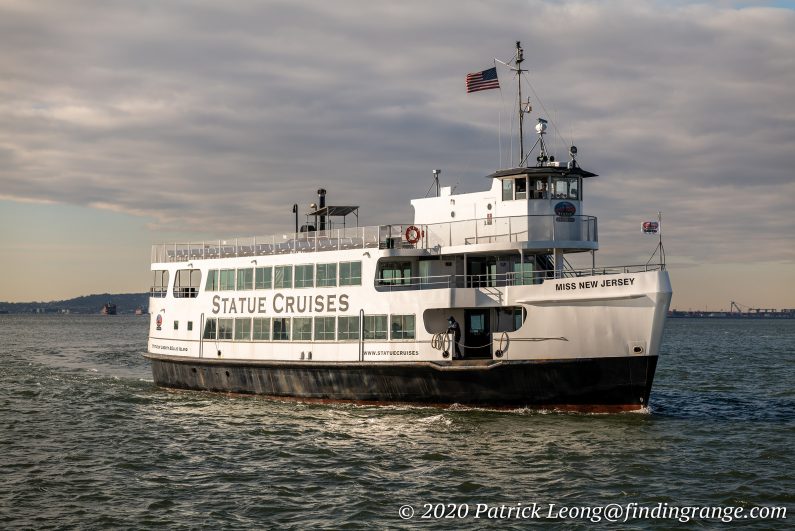
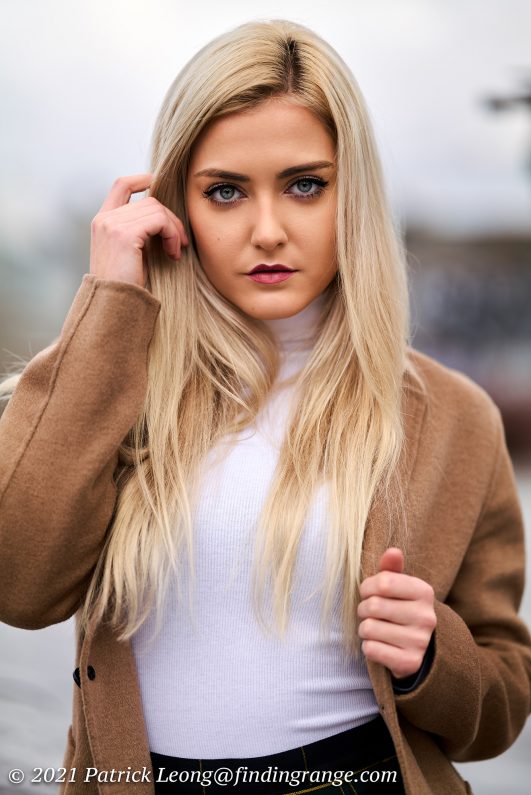
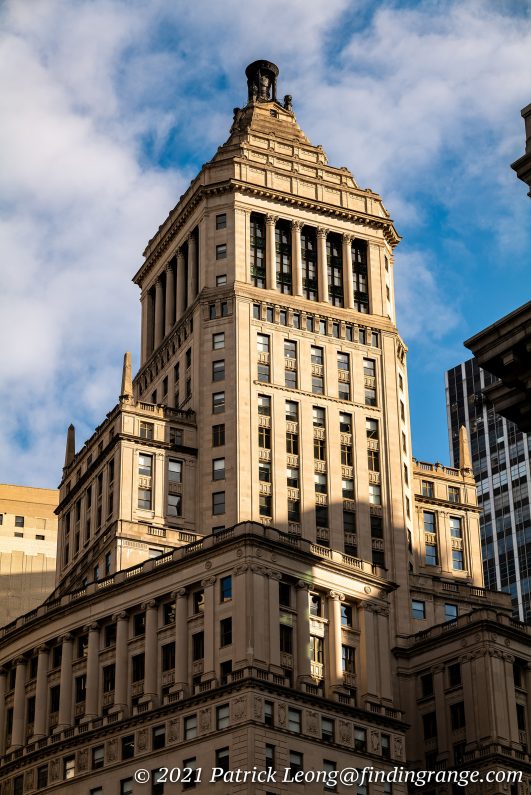
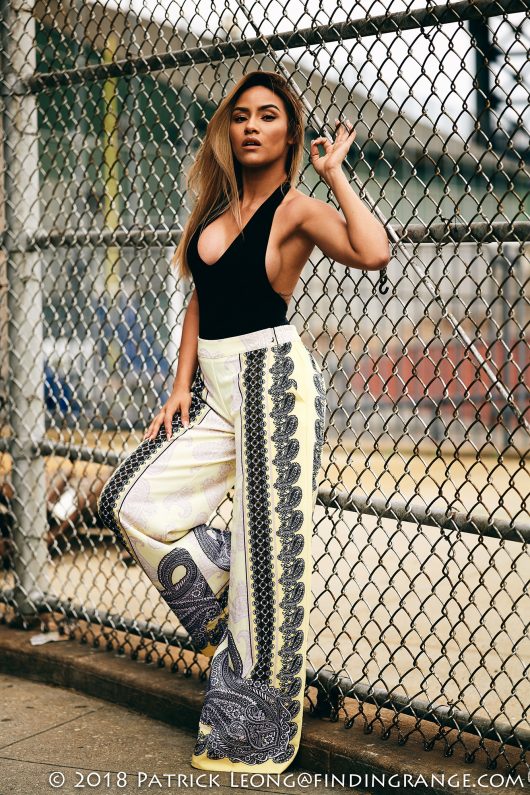
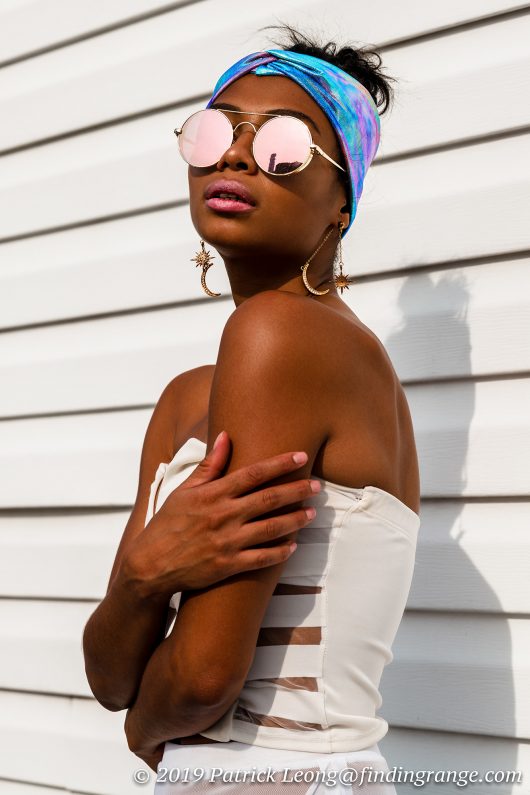

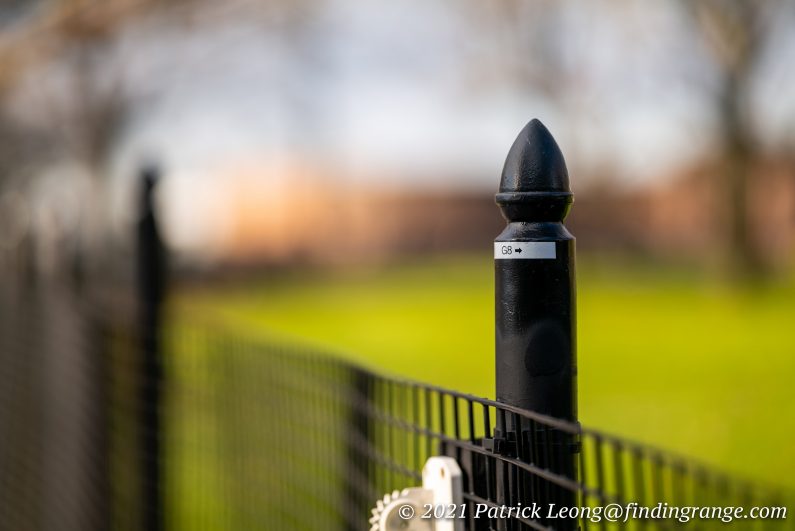
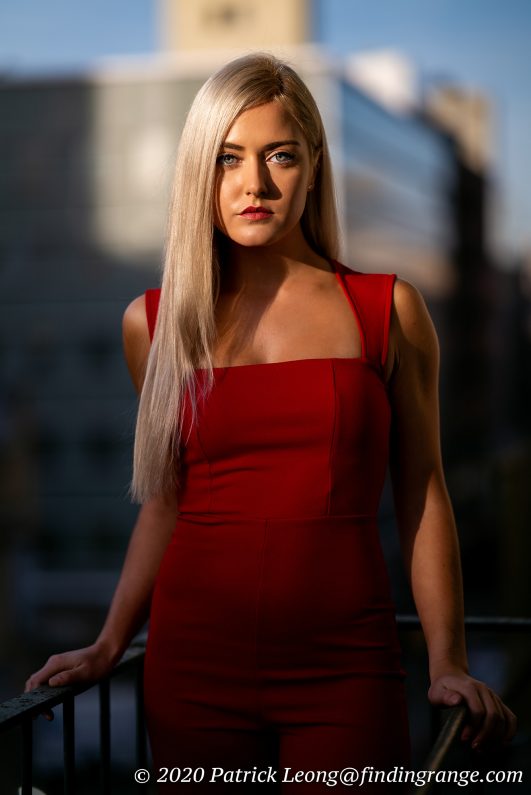
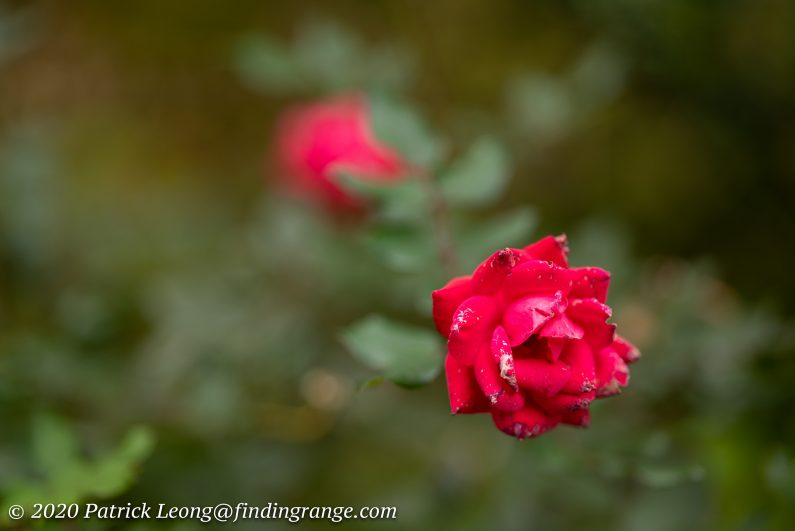
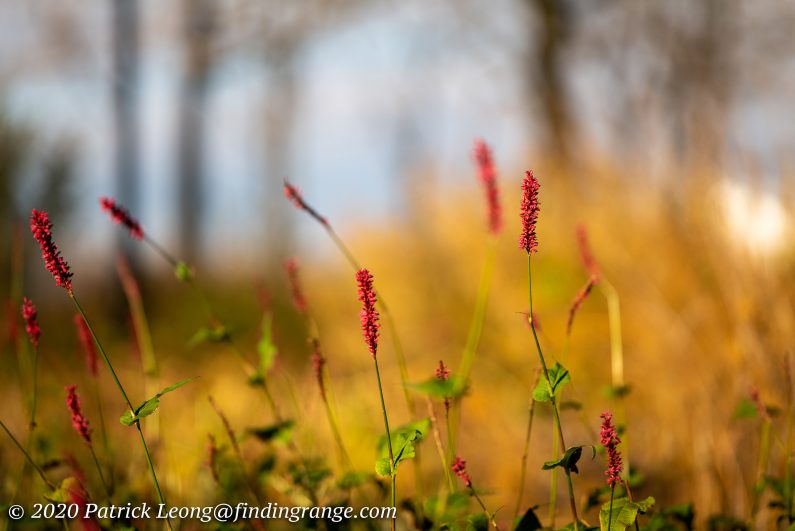
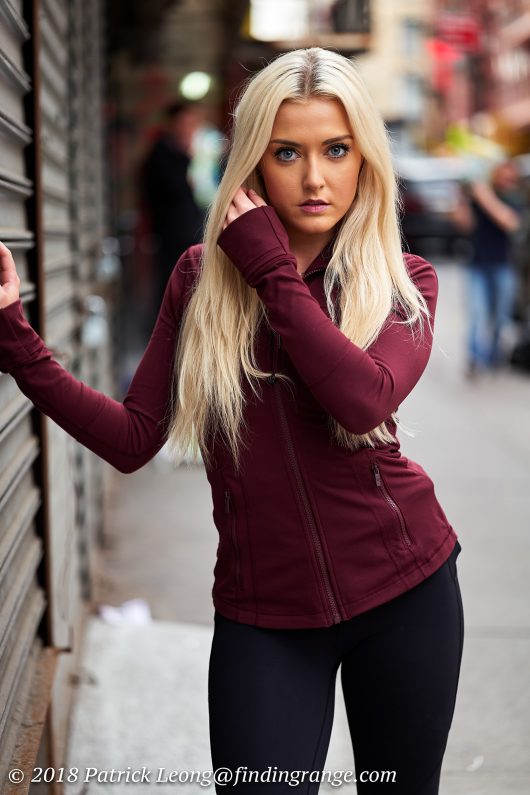
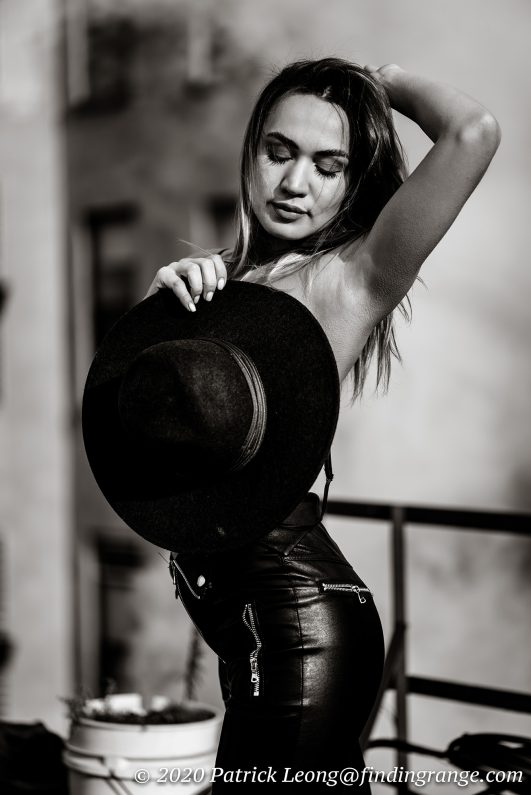
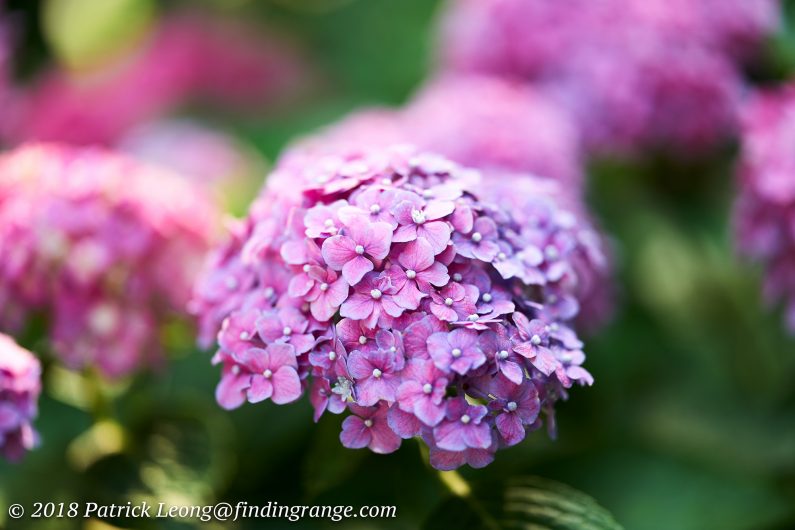
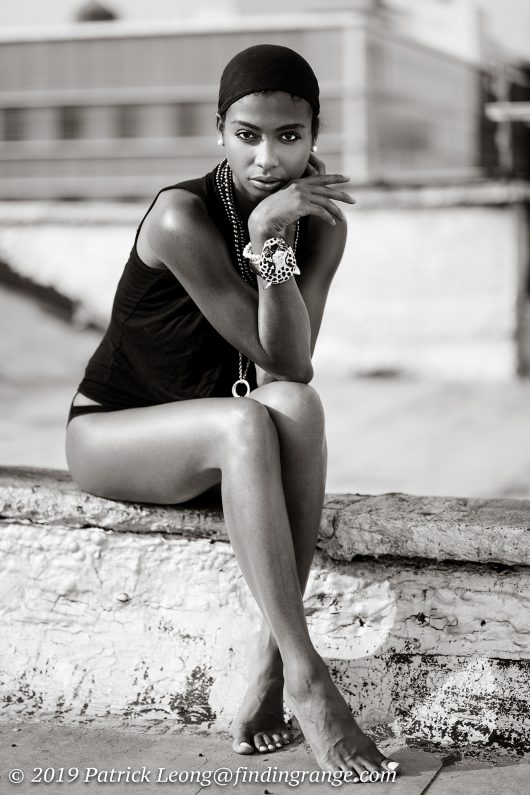
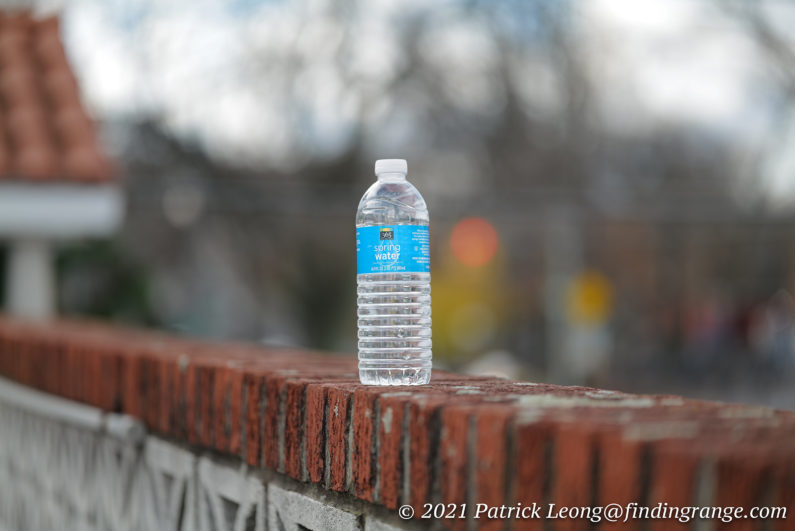
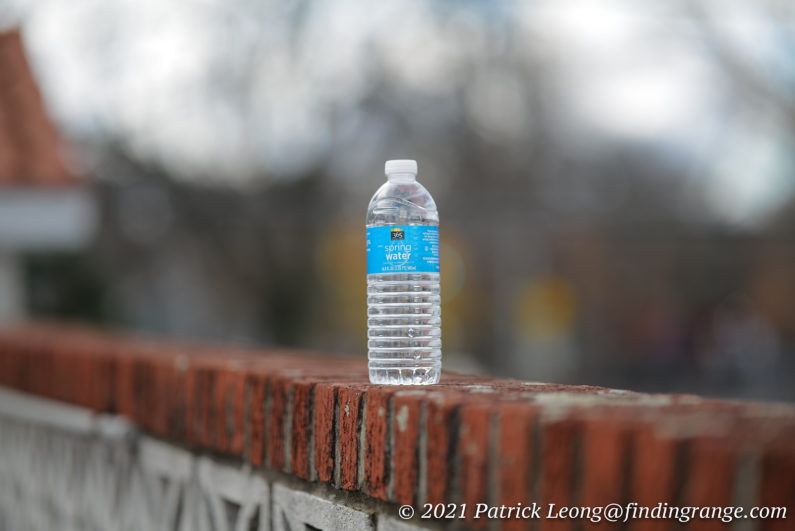

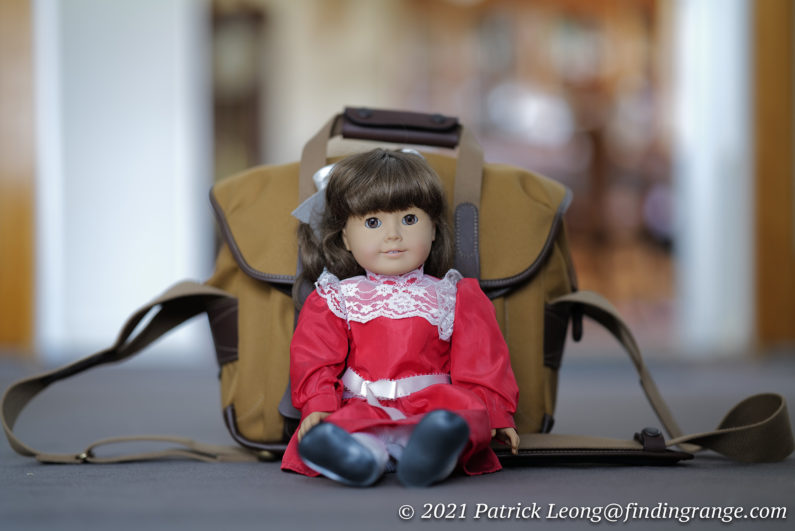
Thanks for this Patrick. It’s always surprising just how capable third party lenses are at 20-25% of the cost of SL lenses. The Sigma is doubtless a tank if it’s like it’s 45 sibling. Not pretty but industrial and robust. Metal lens hood. Leica don’t manage that for SL lenses. Mine for the 50 1.2 and 90 split along their plastic seams and have been glued back together. So at odds with the lenses themselves.
In your environmental portraits with the 90 I much prefer it’s transition to de focus and the fact that f2 preserves enough of the setting to contextualise the subjects. In the bottle shots the extra stop on the sigma does get rid of the busy, distracting elements but the bottle still looks more separated from its immediate background in the 90 shot. This is a might pedantic but i incline to the view the Sigma’s defocused area is a little too absolute. It seems to quickly descend into categoric and impressive blur. There does not appear to be any sweet fall off or transition. That, I think, makes a big difference and all your SL50 shots have much more subtle fall off. I wonder if it’s less aggressive at f2?
Hi Darrel,
It’s great to hear from you!
Here’s the thing; you can always just stop down the 85mm to f2 or smaller, and yes, it would then be less aggressive. The APO doesn’t have the option of opening up more when you want it. I love my APO, don’t get me wrong haha. Just playing a little devil’s advocate ;). Sorry to hear about the hoods btw. They are expensive too. Take care, and thanks for taking the time to read my comparison!
Best,
Patrick
I fully agree with your comparison and personally prefer the f/1.4 rendering over the f/2. I was expecting the rendering to be closer based on Leica chart of contrast but they were also comparing to an old lens…
I would love to see a review and comparison to the Sigma 105/1.4.
Hi Brian,
Thanks for taking the time to read my comparison! Sometimes, there really is no substitute for that larger aperture :).
As for the 105mm f1.4…I’ve had plenty of chances to review it but I still haven’t taken the plunge because I’m afraid I’ll end up buying it in the end haha. It’s one of those lenses I would love to add to my collection. Seriously speaking though, I have plans to review it soon. I would love to compare it with the 85mm but unfortunately, that’s been sent back already. Thanks for stopping by, and for leaving a comment!
Best,
Patrick
Hi, it does not need a direct comparison. I live in an area where I can only mail order stuff. I think the 105/1.4 might be worth its weight in gold but …
I find your views on portrait glass very valuable. Do you not have a donation option?
HI Brian,
Apologies for the late reply! When I migrated my site to a new host, I think my notifications settings were reset.
Thank you for the very kind words! I really appreciate them! I don’t have a donation option yet but if you ever buy anything online from B&H or even Amazon, it would be great if you wouldn’t mind using my links. It does help quite a bit. But either way, I am always happy to help in any way that I can. If you ever have any questions, you can always drop me a comment or send me an email I love talking shop :).
As for the 105 f1.4, when I start doing more shoots again, I may finally break down, and see if I can get one in to test haha. I think that lens will perform quite well in L mount :).
Best,
Patrick
Oh, by the way, I was thinking of getting the SL 50/2 instead of the older Slower focussing SL 50 1.4 due ti Leica show APO contrast but this review has convinced me that it will not be anywhere close to the 50/1.4. Thanks, Brian
Hi Brian,
I’m not sure if you’ve been to my Instagram page but nearly all the photos there have been taken with the 50mm Lux-SL. It is my favorite lens by far, and it’s the best 50 f1.4 lens I’ve ever used period. When it was released Leica said it was something that would redefine reference at least for a 50 f1.4, and I’m telling you from experience that it truly does. I’ve had the lens since it’s release date, and I literally use it 99 percent of the time. It’s big, and slow but it has such a great look. It’s my go to, and definitely my desert island lens. It is also so incredibly perfect even at f1.4. Let me know if you have any questions,
Best,
Patrick
Thank you so much for the comparison!
Anytime! Thanks for taking the time to read it!
Best,
Patrick
Hi Patrick. This has been so useful so thank you very much. I wish there were a financial way to express my gratitude. I left Leica two months ago in favour of Sony’s size/weight advantage and the great things they have been doing with their recent glass. I was considering the Sigma vs the Sony GM equivalent, so seeing the comparison with the SL90, which I know and have used, was super helpful. Thanks again for a great site.
Hi Robert,
Apologies for the late reply, and thank you so much for your kind words! It means a great deal to me that you enjoy my articles! Glad this helped a bit! Hope to hear from you again,
Best,
Patrick